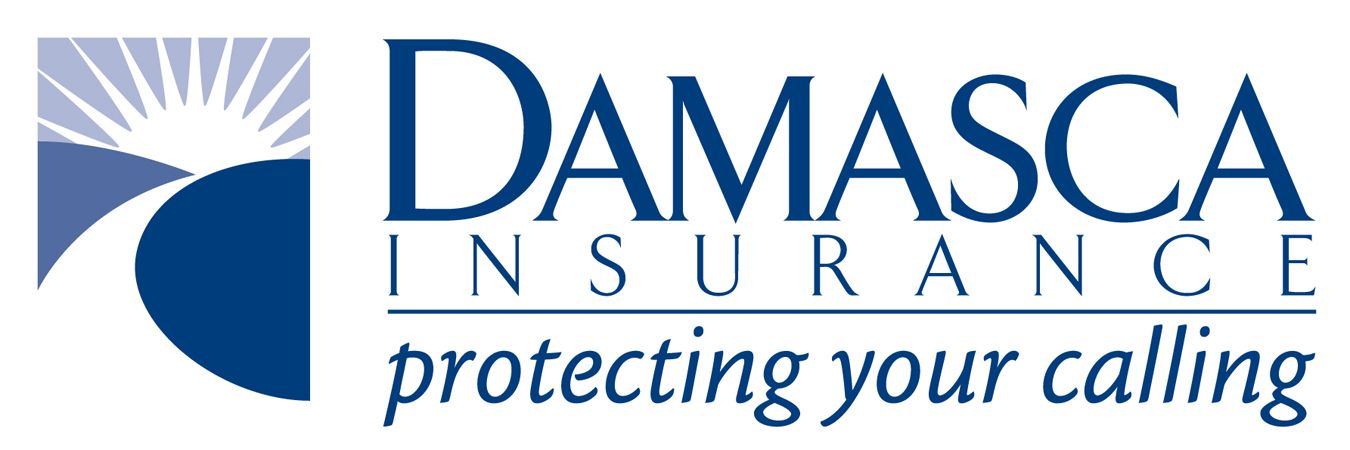Insurance: A Safety Net for Non-Profits
Running a non-profit organization is more than just about passion and mission-driven work; it involves a significant amount of risk management. Insurance plays a crucial role in protecting non-profits from financial losses caused by unforeseen events. While many non-profits operate on tight budgets, investing in comprehensive insurance coverage is a strategic move that safeguards the organization's assets, staff, and reputation.
Protecting Organizational Assets
The first and foremost benefit of insurance for non-profits is the protection of physical and financial assets. This includes coverage for facilities, equipment, and any other property owned by the organization. Whether it's a theft, natural disaster, or vandalism, having property insurance ensures that the organization can recover quickly and continue its operations without significant financial strain.
Liability Coverage
Non-profits frequently organize events, host fundraising activities, and interact with the public. General liability insurance is essential for protecting the organization against claims related to personal injury or property damage caused during these events. Additionally, Directors and Officers (D&O) insurance provides coverage for key individuals in leadership roles, protecting them from personal losses if they are sued for decisions made on behalf of the organization.
Employee Welfare
Non-profits must also prioritize the welfare of their employees and volunteers. Workers' compensation insurance covers medical expenses and lost wages for employees who are injured on the job. Similarly, volunteer liability insurance protects the organization and its volunteers by covering legal defense costs if a volunteer is injured or causes harm while working for the non-profit.
Building Donor Trust
Insurance coverage enhances the credibility and trustworthiness of a non-profit. Donors are more likely to support organizations that are well-managed and prepared for potential risks. Demonstrating that the organization has robust insurance in place can reassure donors that their contributions are protected and being used responsibly.
Ensuring Longevity
In conclusion, the right insurance helps ensure that a non-profit can withstand setbacks and continue its important work. While it may seem like an additional expense, the protection and peace of mind it offers far outweigh the costs. By safeguarding its assets, supporting its team, and maintaining donor trust, insurance is a vital component of a sustainable non-profit strategy.
